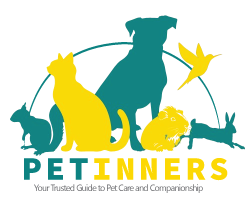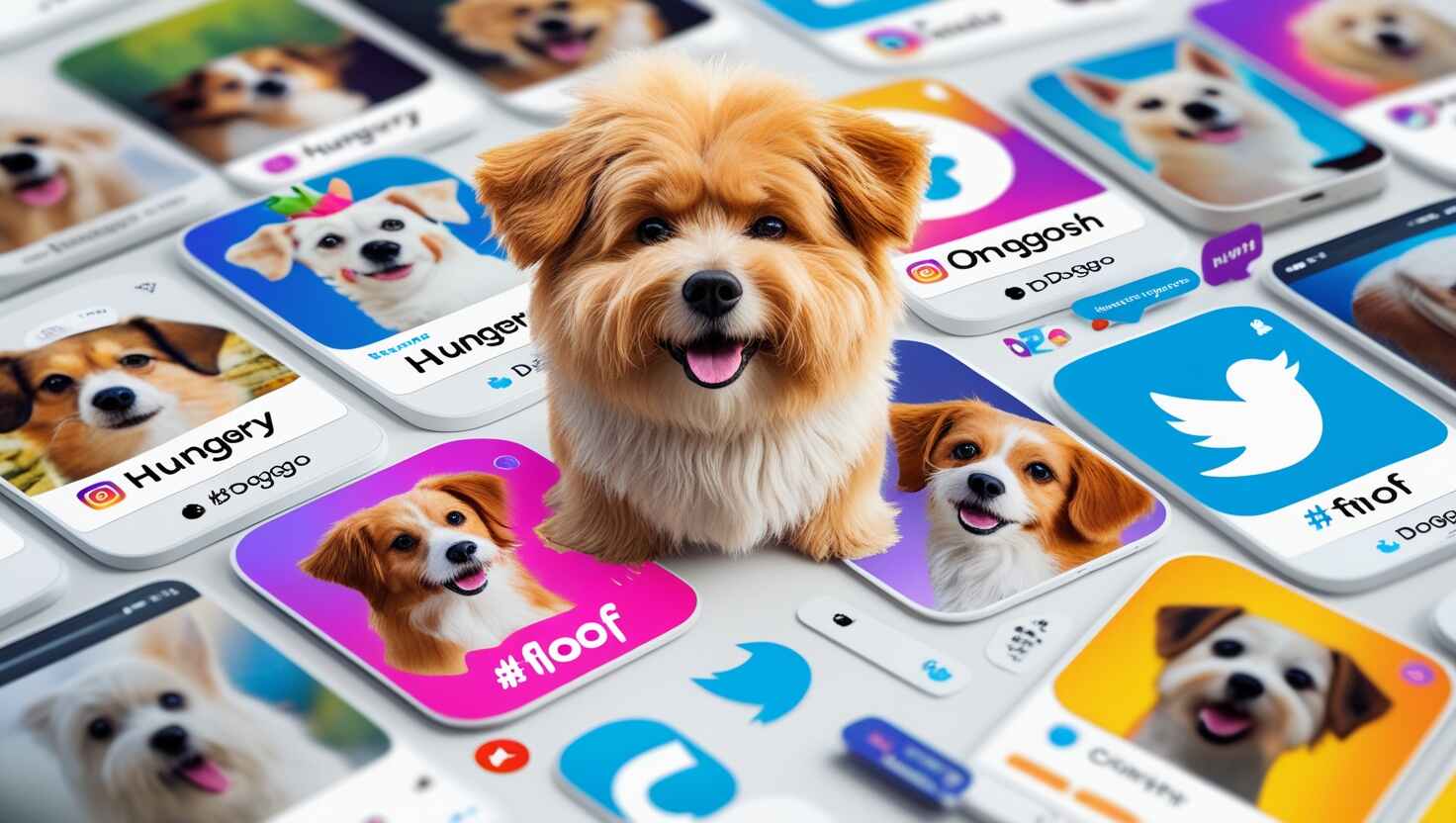What the Heckin ‘Dog?
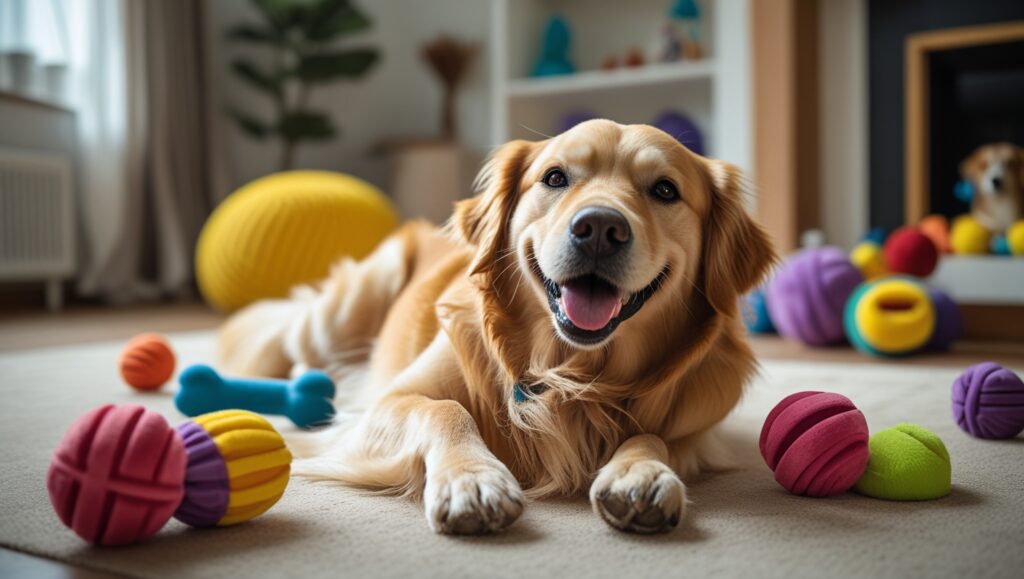
Use this playful dialect to share lighthearted moments, celebrate your pet’s quirks, and connect with others on social media or in real life. Let the humor and positivity of DoggoLingo inspire kindness, stress relief, and a stronger bond with pets and their community.
Introduction “What the Heckin ‘Dog?”
Overview
Have you ever seen fluffy dogs or cats acting silly in videos with quirky captions that make you smile? Welcome to the world of DoggoLingo, a playful dialect that has captivated audiences with its lighthearted and inoffensive way of describing the world. Phrases like “What the heckin ‘dog?” have become iconic for expressing bewilderment, disbelief, or just sheer amusement at the unexpected. Originating in the early 2010s, this quirky language gained traction on social media, linking its rise to the popularity of doggo speak and puppy memes.
The core meaning of “What the heckin ‘dog?” lies in its ability to turn any peculiar situation into something universally funny and relatable. It’s a cleaned-up version of surprise or confusion, making it suitable for family-friendly use. Whether you’re scratching your head at a squirrel darting across the street or sharing beautiful photos of a sunset, this playful colloquialism helps us embrace our inner bewildered self. It’s a metaphorically scratching heads moment turned into something affectionately silly. From its roots in online interactions to its presence in everyday conversations, this whimsical terminology adds charm to illogical responses and moments of utter disbelief.
Origins and Historical Background
The tale of “What the Heckin ‘Dog?” began with a funny, almost awkward twist. In one of their iconic YouTube videos, the popular couple, Ethan and Hila Klein, were reacting to clips that had them stumbled upon something strange. A small moment of confusion sparked a wave of genuine happiness and giggles among viewers. Their hilarious mix-up quickly caught fire on the internet, turning what seemed like a fleeting misunderstood phrase into a cultural meme. Soon, the duo became known as the social media legends behind this absurd yet whimsical expression, showcasing how even the most ridiculous things can bring joy.
But the origins of the phrase trace back further, buried in the chaotic corners of the internet. Some suggest it originated on Tumblr, a platform known for its quirky humor, while others attribute its rise to an autocorrect mistake or a playful euphemistic version of “What the heck?” Over time, this slang gained traction on multiple platforms, thanks to its silly yet expressive tone. From humorous exclamations about pets to absurd examples like a flight being delayed for hours, the phrase became a shorthand for surprise, disbelief, and the nonsensical charm of modern vernacular. Its popularity hasn’t faded, proving that the whimsical and condensed nature of internet slang has a way of enduring in our social media pockets.
Exploring the Concept
Ever wondered why your pup suddenly barks incessantly at a squirrel outside the window or why they enthusiastically digs holes in the backyard for no apparent reason? These moments, which might leave you feeling bewildered or even amused, are perfectly normal in the quirky world of dogs. The phrase “What the Heckin’ Dog?” has become a humorous expression capturing the essence of their unpredictable behaviors, from their genius ability to convey emotions—a mix of amusement, exasperation, and unconditional love—to their inexplicable habits like stealing and hoarding household items. This universal understanding, shared by millions worldwide, resonates deeply with anyone who is utterly enamored with their furry friends. These scenarios showcase why our canine companions hold such a special place in our hearts, effortlessly blending confusion and endearment in simple words.
Origins and Evolution of DoggoLingo
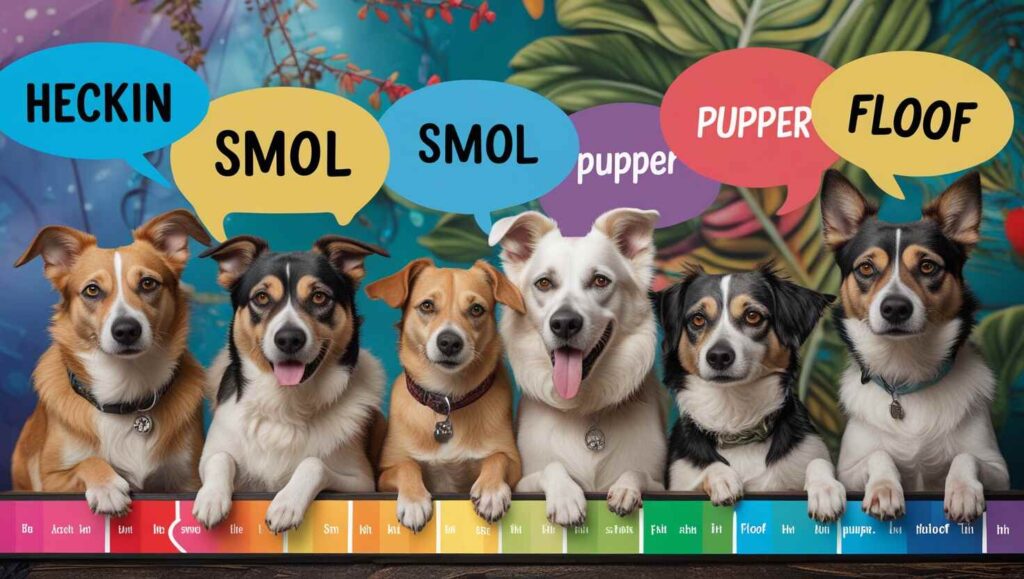
Characteristics of DoggoLingo
DoggoLingo is a whimsical dialect that uses playful spelling and creative pronunciation to bring out a sense of silliness and joy. It transforms everyday words into something more fun and distinctly endearing, like calling a friend a fren or a human a hooman. The language thrives on suffixes like “-o,” turning a dog into a doggo or a cat into a catto. Its charm lies in its childlike innocence, blending wholesome undertones with clever descriptions of specific animal actions. For instance, a dog laying with its hind legs splayed is “doing a sploot,” while cute moments like a lick or a tongue sticking out become a mlem or blep—simple, onomatopoeic terms that are instantly recognizable. By focusing on the charm of everyday animal behavior, DoggoLingo makes even the smallest details feel endearing.
Origins and Evolution
The roots of DoggoLingo are deeply entrenched in internet culture, with its playful language first gaining traction during the rise of the Shiba Inu meme, better known as “Doge.” With its humorous misspelling and iconic rainbow Comic Sans text, this trend altered English syntax and spelling, laying the foundation for the term “doggo” and the broader dialect we see today. Platforms like Facebook groups gave DoggoLingo a significant boost as it became a way to affectionately describe furry friends and their characteristics.
This whimsical yet affectionate language was further highlighted in an NPR article, which helped cement its place in the modern lexicon. It became a cornerstone for pet enthusiasts, offering charming gems like “floof” for something fluffy, or “boop” for the sweet touch of a nose. Whether you’re describing a tongue doing a mlem or just talking about pets, DoggoLingo transformed conversations by infusing them with playfulness and warmth.
Cultural Impact and Popularity
The phrase “What the heckin’ dog?” is a fun example of how doggo-speak began as a quirky internet language. It started with an early photo of a confused-looking dog, often shared on Twitter with a caption that was both amusing and playful. This dynamic journey reflects the evolving nature of online culture, where niche jargon grows into something that infiltrated everyday speech. By giving dogs a silly vernacular, this language illustrates how online communities can reshape communication, blending humor with the real-world evolution of how we connect. From digital spaces to casual social interaction, DoggoLingo highlights the influence of memes and shows how our relationship with pets has become even more centered on shared joy and creativity.
The Cultural and Social Phenomenon
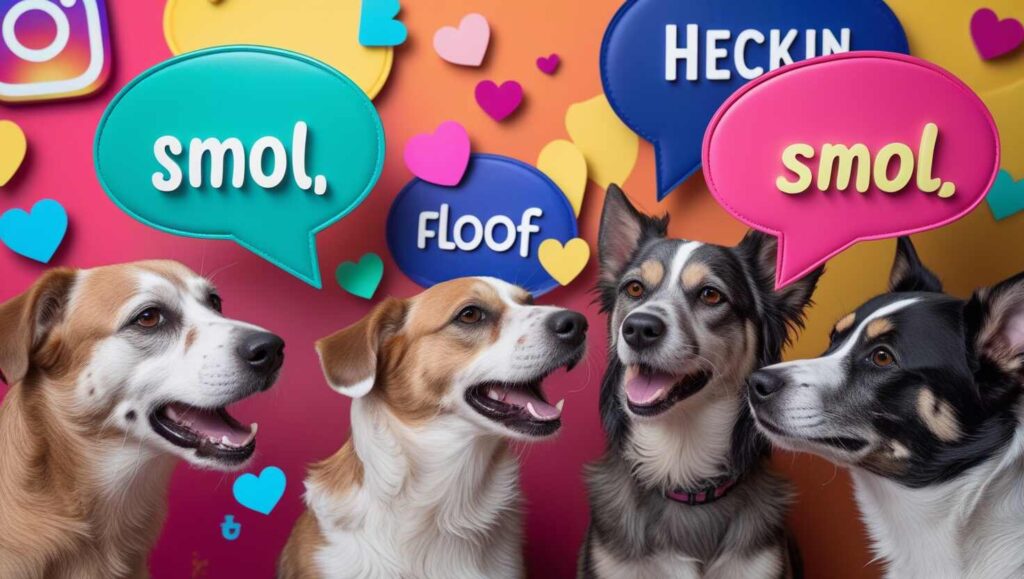
The Role of Social Media in Shaping DoggoLingo
Social media has played a major role in the rise of DoggoLingo, turning it into a cultural phenomenon. Across platforms like Instagram, Twitter, and TikTok, pet content creators—such as the popular page miss_poppet_the_samoyed, which shares the antics of a fluffy dog adopted in 2018—have made this playful dialect a go-to storytelling tool. By using humorous captions like “omgosh” or “hungery” and featuring hashtags like #doggo, these accounts narrate pets’ perspectives, creating a unique connection between pets and their human followers. This approach mirrors our collective love for pets and the universal desire to share and consume content that brings joy and laughter.
Through videos, images, and captioned posts, DoggoLingo’s playful tone and relatable catchphrases have gained widespread appeal. Phrases like “doggos being doggos” became overnight hits, garnering likes and shares that helped this dialect, which already existed in smaller circles, explode into mainstream culture. The ability of this medium to engage audiences shows how humor and creativity can transform simple moments with pets into viral content that showcases the bond between humans and animals. It’s this clever mix of fun and relatability that keeps people coming back to their favorite furry stars.
The Rise of “What the Heckin Dog”
The internet slang phrase “What the heckin’ dog?” has crossed into mainstream culture, evolving from a simple online joke to a cultural phenomenon. Originally popular on social media, this quirky expression quickly became iconic, bringing together pet owners and dog lovers from all walks of life. Its widespread appeal lies in its ability to bring people together through shared laughter and an appreciation for the hilarious antics of our four-legged friends. Whether it’s a funny video, a relatable anecdote, or a perfectly captioned photo of a pup’s shenanigans, the phrase has become a hub for fostering a sense of community.
This ubiquitous trend has also infiltrated myriad ways of expression, from merchandise like T-shirts, mugs, and stickers to home decor that lets dog lovers quite literally wear their hearts on their sleeves. The commercial success of these products underscores how much people adore their canine pals. Television shows, movies, and marketing campaigns have also embraced this quirky charm, using the phrase to create relatable characters and crafting witty content that celebrates the humor and love we share with our pets.
The popularity of “What the heckin’ dog?” continues to inspire vibrant platforms where users can share moments with their adorable companions. Dog-related accounts and pages are filled with hilarious content, from tips to funny captions that highlight the unique bond between humans and their furry counterparts. This phenomenon has even encouraged creativity in designing quirky products and crafting a celebration of the hilarity our pets bring into our lives, proving how the connection with our four-legged friends can foster camaraderie and infuse everyday life with humor and appreciation.
The Global Influence of DoggoLingo
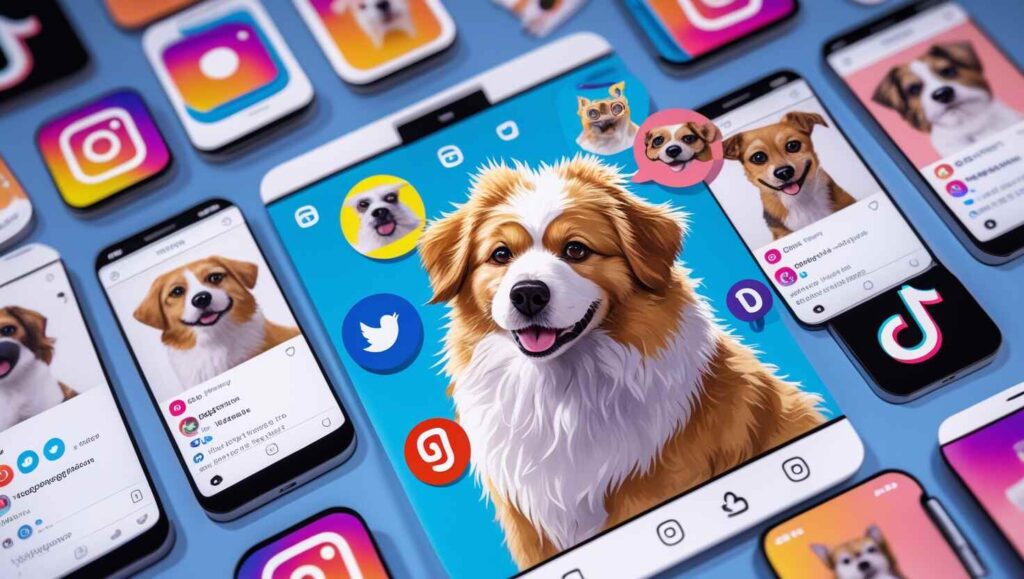
The phrase “What the heckin dog?” has crossed borders, showing how DoggoLingo’s playful charm has been embraced by creative communities worldwide. It’s fascinating to observe how this quirky language has found adaptation in other languages and cultures, like “perro increíble” in Spanish or “chien incroyable” in French, while keeping its essence of joy and surprise intact. This evolution demonstrates the universal appeal of a meme that highlights our shared love of dogs, transcends linguistic barriers, and unites people globally with its simple and humorous take on the canine experience.
Popular Doggo Memes and Slang
Doggo memes and slang have made the Internet a fun place for all pupper lovers! Here are some popular dog-related terms that bring joy to canine companions’ culture:
- Bork: This fun onomatopoeia is used to represent a dog’s loud, abrupt bark, like when your neighbor’s pupper is borking excitedly at night.
- Boop: A gentle tap on the nose with your finger that feels super cute and affectionate, especially with a playful puppy.
- Blep: When a dog’s tongue sticks out unintentionally, often when they’re sleepy or caught in an adorable moment.
- Zoomies: The act of frantically running in circles out of sheer energy and excitement, commonly seen in puppies playing at the park.
- Snoot: A lovable word for a dog’s snout, especially when it has cute freckles, dots, or unique markings.
- Heckin: A fun substitute for emphasis, adding an exaggerated enthusiasm to describe a pupper’s silliness or big personality.
These playful doggo terms and memes have created a wholesome Internet culture, spreading joy and celebrating the sheer cuteness of our furry friends.
The Emotional and Social Impact
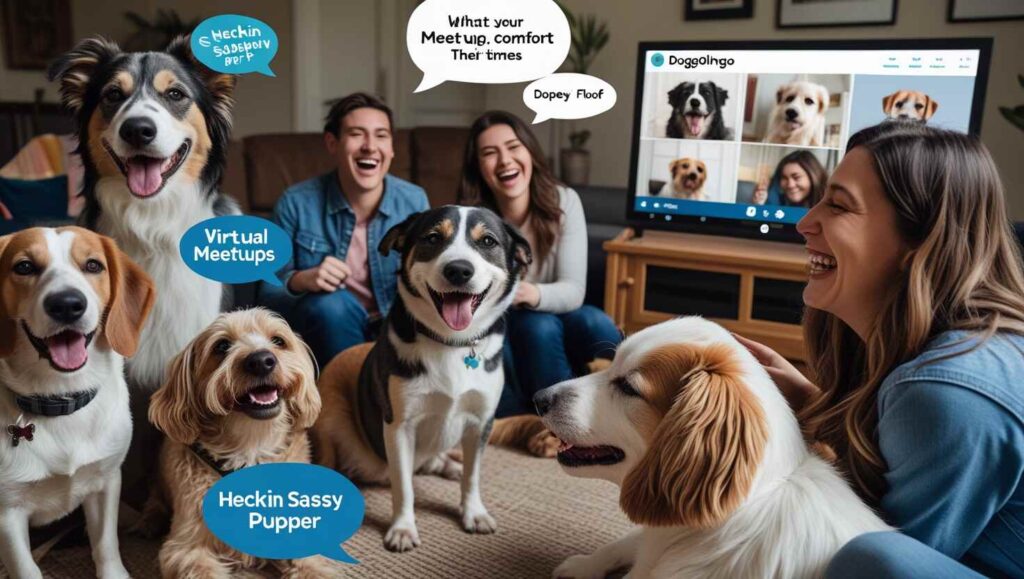
Emotional Resonance and Connection
The playful nature of DoggoLingo has a unique appeal, making it a creative way for pet content creators to share their pets’ stories. By tailoring linguistic choices to match a dog’s temperament—whether they are sassy, dopey, or grumpy—creators craft whimsical dialects that bring pets’ personalities to life. This storytelling approach resonates deeply with audiences, as followers imagine the world through their pets’ eyes. Posts featuring antics like a sassy “Karen doggo” or a grumpy pupper create a relatable and entertaining connection, making them not just a chuckle-maker but a source of joy and happiness for people worldwide.
During challenging times like the COVID-19 lockdowns, these posts became a therapeutic outlet, fostering a sense of community among pet owners and animal lovers. Sharing heckin adorable stories, photos, and linguistic quirks created bonds built on mutual affection for dogs. These interactions sparked buzz on social media platforms, from casual forums to virtual meetups, helping people feel invested in their pets’ lives. The emotional connection deepened as these stories became a source of comfort and a way to celebrate the positivity pets bring to our lives.
Positivity and Humor
The phrase “What the heckin’ dog?” and the broader doggo lingo beautifully embody the spirit of positivity and lightheartedness, bringing a little sunshine to a world full of negativity. These playful expressions are a reminder of the simple joys in life that dogs effortlessly give us—whether it’s their boundless energy or their unconditional love, they are a source of laughter and happiness like no other. This sentiment captures perfectly the unique connection we share with our furry companions, who have an innate ability to turn even mundane activities into moments of delight and childlike innocence.
The phenomenon of doggo humor has struck a chord because it highlights the quirks and idiosyncrasies of pups in a way that feels relatable and universally endearing. From the way a pup brings an overwhelming sense of affection with a goofy head tilt, to the bizarre and hilarious moments that make us shake our heads in disbelief, the shared experience creates a special bond that resonates with millions worldwide. Their self-awareness (or lack thereof) adds to their charm, and it’s this blend of humor and heart that keeps the appreciation for our furry friends growing stronger.
The Unique Charm of DoggoLingo
In an overwhelming and sometimes stressful world, the playful language of DoggoLingo has an amazing ability to bring humor and levity to everyday moments. This quirky way of describing our four-legged friends takes the mundane and bizarre situations that dogs often find themselves in and transforms them into delightful sources of joy and laughter. It embraces the quirks and idiosyncrasies of these lovable creatures, helping us cherish the gift of their presence in our lives. Whether you’re a lifelong owner or an admirer of dogs, DoggoLingo speaks to our collective experience of being both baffled by and enamored with our furry friends.
DoggoLingo’s enduring popularity in dog-related memes is a testament to its unifying power. It brings people together, fostering a sense of community built around shared experiences and relatable moments. The playful language celebrates the unconditional love, loyalty, and hilarity dogs bring into our lives, even in their most delightful absurdities. This notion reminds us of the special bond we share with our canine companions—a connection that represents more than just pet ownership. It celebrates the way dogs have a magical ability to turn life’s simple moments into something cherished, connecting us with their quirky, sometimes bizarre, but always lovable personalities.
Exploring Hilarious Moments and Relatable Tales
The what the heckin’ dog trend has taken social media platforms by storm, showcasing the funniest moments of our furry friends caught on camera. From a pup enthusiastically chasing a laser pointer only to go head-first into a wall, to dogs hilariously misjudging the distance to a couch and tumbling in sheer delight, these clips capture the universal appeal of canine companions. One personal favorite is my own dog’s habit of stealing socks and hoarding them under the bed—a bizarre yet endearing quirk that never fails to strike a chord with fellow pet lovers.
Beyond the videos, personal anecdotes and entertaining stories from proud owners offer rich insight into the unexpected moments that bring both laughter and bewilderment. Who hasn’t laughed at a furry friend inexplicably barking at their reflection or stealing a loaf of bread like it’s a prized treasure? These shared experiences create a sense of community among pet lovers, celebrating the humorous, often overdramatic, nature of our beloved dogs.
The overstated reactions in memes, gifs, and other internet content amplify the simple joy that these small creatures bring to our lives. Their peculiar antics—whether featured in an advertising campaign by brands like Purina or Pedigree, or discussed in major outlets like the New York Times or Washington Post—remind us to appreciate the fun and laughter they bring daily. It’s no wonder their popularity continues to grow, delighting younger generations while also fostering a timeless appreciation for the unexpected moments that make life with dogs so rewarding.
Educational Influence Through DoggoLingo
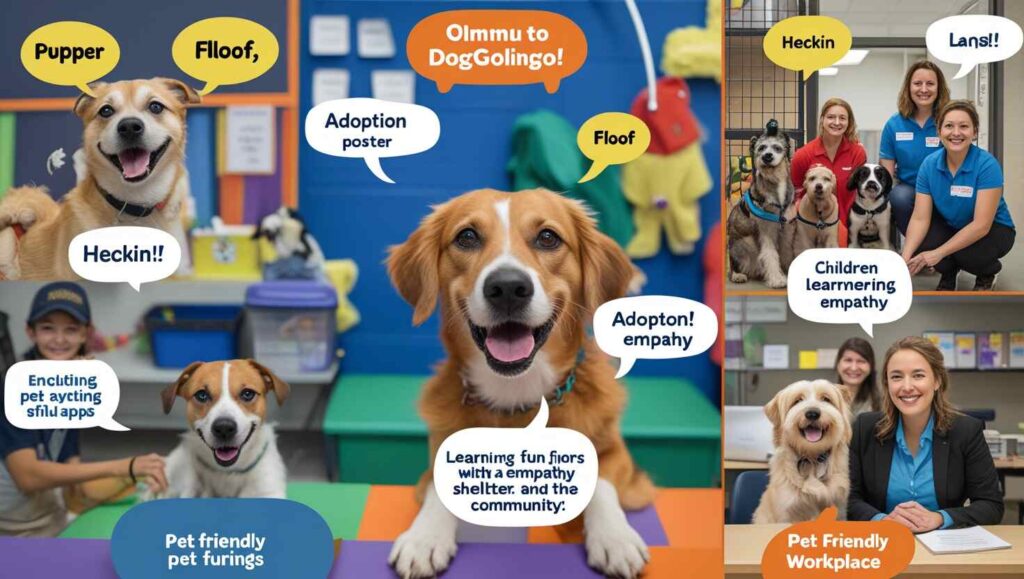
The popularity of DoggoLingo has opened unique avenues for spreading knowledge about animal welfare and inspiring better pet ownership practices. Many organizations and shelters have cleverly harnessed the charm of this playful language to create engaging content that promotes adoption and raises awareness about key issues like spaying, neutering, and regular vet check-ups. By blending humor with heartfelt messaging, they have found a way to fight cruelty and encourage responsible care for furry companions. Ensuring proper care, from providing a balanced diet to scheduling routine vet visits, is often woven into these messages, reminding pet owners of their responsibility. Even educational apps and children’s programming have started using pet-related vocabulary to teach values like empathy, compassion, and community, making learning more fun and informative.
Beyond education, businesses have also recognized the benefits of celebrating the integral role pets play in our lives. Companies are now adopting pet-friendly policies, creating spaces and events that accommodate pets, and boosting morale and productivity through programs like bring-your-dog-to-work days. This innovative approach, combined with the internet’s endless love for memes and adoration of pets, keeps the spotlight on the values of care and connection. Through this lens, DoggoLingo becomes more than a trend—it reinforces the idea that pets are essential to our happiness and wellbeing.
Conclusion and Reflection
DoggoLingo, initially seen as just a playful dialect, has grown into a widespread phenomenon that resonates with millions. Its charm lies in its ability to transform simple phrases into a symbol of unity and joy. What began with humble origins on social media has now transcended into mainstream culture, where it captures the hearts and minds of pet owners and lovers worldwide. Through its lighthearted spirit, DoggoLingo creates wholesome entertainment that provides a comforting escape from the negativity of daily life, offering a much-needed dose of laughter and connection.
The creators of DoggoLingo have done a heckin good job at highlighting the unique bond between humans and their beloved companions, celebrating their unconditional love and quirks. Its impact extends beyond memes, influencing workplace policies, supporting mental health awareness, and even sparking educational initiatives. For many, it represents the small things in life that bring pleasures, such as exploring Cooking & Recipes designed specifically for pets, turning challenges into moments of fun and discussion. DoggoLingo has cemented its place in popular culture, reminding us that even the smallest expressions can enrich lives and inspire laughter and unity.
Kindly note: The content shared in this blog is gathered from online sources, some of which may not be verified. For accurate guidance on caring for your dog, it is recommended to seek advice from a qualified veterinarian.
